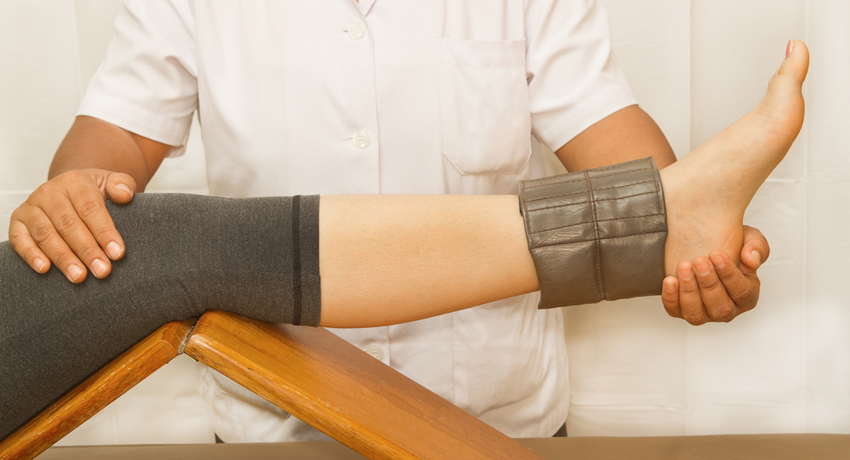Physical Therapy As Effective as Surgery for Torn Meniscus

Physical therapy may be as good as surgery for some knee problems. Photo via Shutterstock.
No one wants to have surgery. It’s a long, costly process that’s—as if you could forget—painful. But many people view surgery as their only option for recovery—an assumption that surgeons from Brigham and Women’s Hospital are now saying isn’t always true.
The Brigham and Women’s doctors, who worked in conjunction with surgeons from six other hospitals, set out to discover, once and for all, if surgery is the best course of action for those with a torn meniscus (a shock absorber in the knee). They observed 351 people who had both a torn meniscus and osteoarthritis (a joint disorder brought on by aging and tissues wearing down) in the knee, half of whom were guided through a physical therapy process aimed at reducing inflammation and improving muscle function and half of whom were operated on and then followed the same physical therapy program.
Their findings, which were published in the New England Journal of Medicine, showed that both groups of patients had shown improvements six and 12 months into their recoveries, suggesting that an invasive surgical procedure isn’t the only way to ease the pain and damage of a torn meniscus. A report about the findings from Harvard Health Publications quotes Harvard’s Dr. Jeffrey Katz:
“We did this trial because surgeons really haven’t been sure what’s best for these patients,” said Dr. Jeffrey N. Katz, professor of medicine and orthopedic surgery at Harvard Medical School, who was one of the leaders of the trial. “Now we have a better picture, and can advise people with knee osteoarthritis and a torn meniscus that physical therapy and surgery are both good options.”
And, it’s worth noting, the report also points out that a torn meniscus can sometimes still function as a shock absorber despite the damage; in those situations, the report says, utilizing physical therapy to strengthen and train the knee is a better method than surgically removing pieces of the torn meniscus.
It’s interesting to consider whether the results of this study would hold true for other injuries, or whether they are specific to a torn meniscus. We’d also like to know what the differences between patients who were operated on and those who weren’t are a ways down the road to see if problems resurfaced. Still, the study seems like reason enough to think twice (or at least do your research) before automatically going under the knife.


